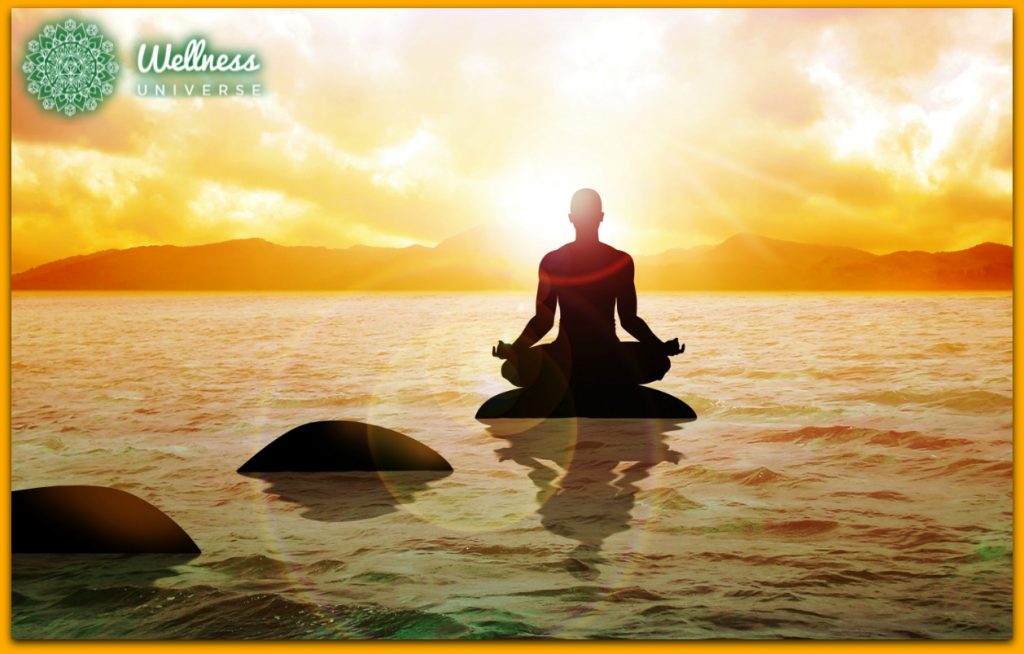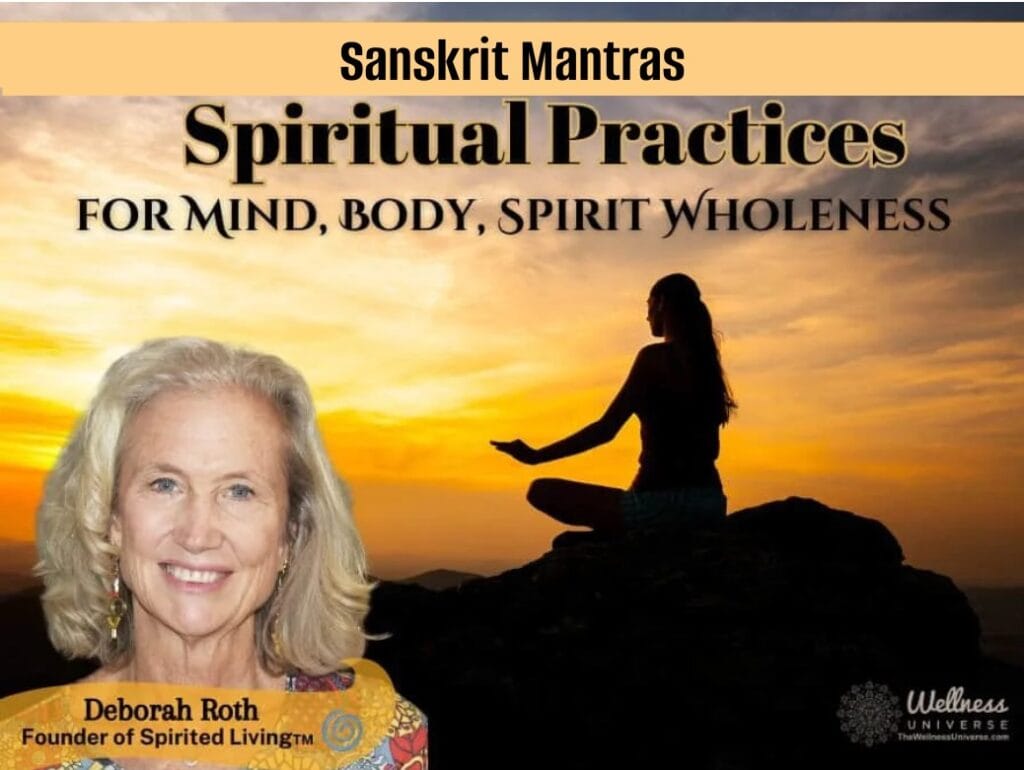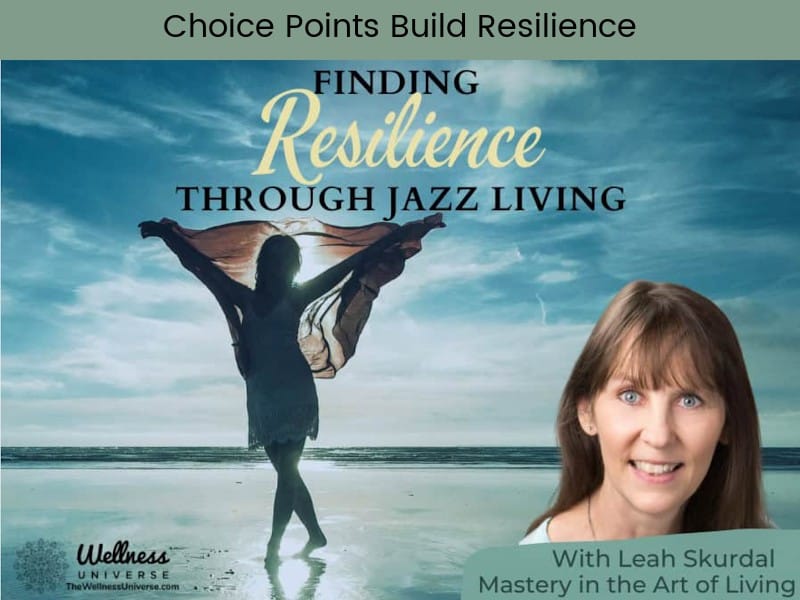Forget not that the earth delights to feel your bare feet and the winds long to play with your hair. — Kahlil Gibran
We live on the beautiful Earth.
She is our mother who gives us food and medicines and the beauties of her nature give us unbounded joy. The Nobel Prize-winning poet Rabindranath Tagore wrote, “Where is the fountain that throws up these flowers in a ceaseless outbreak of ecstasy?” Unfortunately, most people never realize the ecstasy and immense beauty of life until they reach their death bed. Alas!
Spiritual practice helps us to deeply appreciate our brief stay on earth because we, through the transformative process, start realizing that our real purpose on earth is not to amass wealth and luxuries, but rather, to enjoy its simple pleasures and serve others not as fortunate as us.
The world absolutely needs more spiritually inclined people today.
I would dare to say that it may even be considered to be our duty to practice some form of spirituality just like today we urge people to practice ‘green’ living. The twentieth century saw monumental human atrocities resulting in more than 100 million deaths. Spirituality has the power to bring more peace in our next century. The different varieties of spiritual practice arising out of the different natures of people.
Bhakti Yoga — An Outpouring of Love
Love is something that does not need to be explained to anyone.
Whether it be the ‘Hare Krishna’ people chanting and singing in the streets in wild abandon, the incessant singing of bhajans through the night in the holy city of Varanasi during the festival of Rama Navami, or the melodious choir singers in the church, this is love in its purest form expressing its desire to merge with the higher divine principle. Bhakti yoga is the practice of spirituality through the emotion of love. This is the simplest path of spiritual practice. For those who are emotionally oriented this is the path of choice. Singing or chanting in praise of your favorite God or saint, or even listening to such music is a spiritual practice in the path of Bhakti yoga. This practice has enormous transformative power if done regularly. Switch on your favorite chant or religious music, and then sit in complete silence observing the intense feeling of love for the Infinite.
The day when this love provokes tears in your eyes, you are blessed.
Karma Yoga – The Path of Consecrated Action
Karma yoga is the path enunciated in the Bhagavad Gita when the great warrior Arjuna wants to drop his bow and leave the battlefield on seeing his own beloved teachers and elders arrayed against him. Lord Krishna then expounds to him the sacred duty of performing one’s action without being affected by emotional weakness.
Karma yoga teaches us that in life we all have duties to perform and cannot run away from them.
Perhaps the best-known lesson Karma yoga teaches us is to focus on the action and not expect a particular result. “You have the right only to the action not to the results” exhorts the Bhagavad Gita. A good example of this; watch a tennis player like Federer. His total focus is on the way he hits the ball (the action) and not on what happens afterward. That’s what makes him a winner.
In fact, if you pause and think you will realize that rarely do we get the result we expect. If we keep getting disappointed with the results then we lose interest in action and start losing enthusiasm. Another important lesson Karma yoga teaches us is that someone in this world is looking up to you, therefore it is your duty not to disappoint them. This path is meant for people who are action and success oriented.
The path of Karma yoga enables us to grow spiritually even when working hard in this world.
The deeper message of Karma yoga is this: no need to run away to the Himalayas and reside in a cave for the rest of your life but you can spiritually evolve in the very place you are. You just need to change your attitude towards your work.
A word of warning: some people have often asked me and almost fallen into a trap of ‘mental resignation’ to one’s current career. Karma yoga never teaches ‘resigning to your fate’ and accepting your life situation. Be dynamic in your approach, find the job you like, and get financial security. Vedanta teaches us to pursue Artha or financial security before we start deeper practices. Swami Vivekananda said it best: “First food, then meditation.”
Jnana Yoga — The Crown Jewel
Grace is always present. You imagine it is something somewhere high in the sky, far away, and has to descend. It is really inside you, in your heart, and the moment you affect subsidence or merger of the mind into its source, grace rushes forth, sprouting as from a spring within you. — Sri Ramana Maharshi
The path of Jnana yoga is for the intellectual type. It is said that all paths eventually lead to Jnana yoga.
This path is expounded extensively in the ancient scriptures called the Upanishads but we can say with some confidence that it owes its pre-eminence largely to the influence of the saint Sri Ramana Maharishi who lived in the small temple town of Tiruvannamalai in southern India in the 1900s. People came from far-away lands to hear his simple teaching on Self-Inquiry.
The basic premise of Jnana yoga is that everything known to us in this world is insentient and the only sentient thing is our consciousness or, as it is known in Sanskrit, Chaitanya. The ‘aliveness’ you feel within you is not coming from your cells or brain but rather from the Chaitanya. Ramana Maharshi asks us to continually try and find this source through constant inquiry.
Jnana yoga may be considered a difficult path because it is often misunderstood.
One of the keys to understanding self-inquiry is to accept the possibility that we are under the grip of Maya, which may be translated as ‘illusion’ or a ‘tinted glass’ view of the world. If this is not acceptable to start with, at least as a possibility, then self-inquiry just becomes another intellectual exercise. As Ramana Maharshi himself said, “Seeing ice without seeing that it is water is an illusion, or Maya.”
A Spiritual Practice #2
Sit in a comfortable position in a quiet place. Just be still for five minutes without doing anything. Now focus on your knowledge of your position in space. This knowledge is called proprioception or the almost miraculous ability to know where each limb is currently positioned. We can even know at which angle each of our joints is at the present moment. Just bask in the nature of this knowledge and try to find its source.
Stay tuned for Part 3 of this series next week!
– Rajan
How did this article make you feel? Leave your comments for Rajan below. Please share this if you liked it. Thank you!
* Please See Our Disclaimer Below *
Find great products and services for your well-being from members of The Wellness Universe!
I am a yoga and Vedanta teacher living in New Jersey. I had the good fortune to spend 21 years in Varanasi, one of the oldest cities in the world. This spiritual intoxication of Varanasi sowed the seed in me which today has bloomed as a passionate interest in Yoga and Vedanta. Om Shanti.




